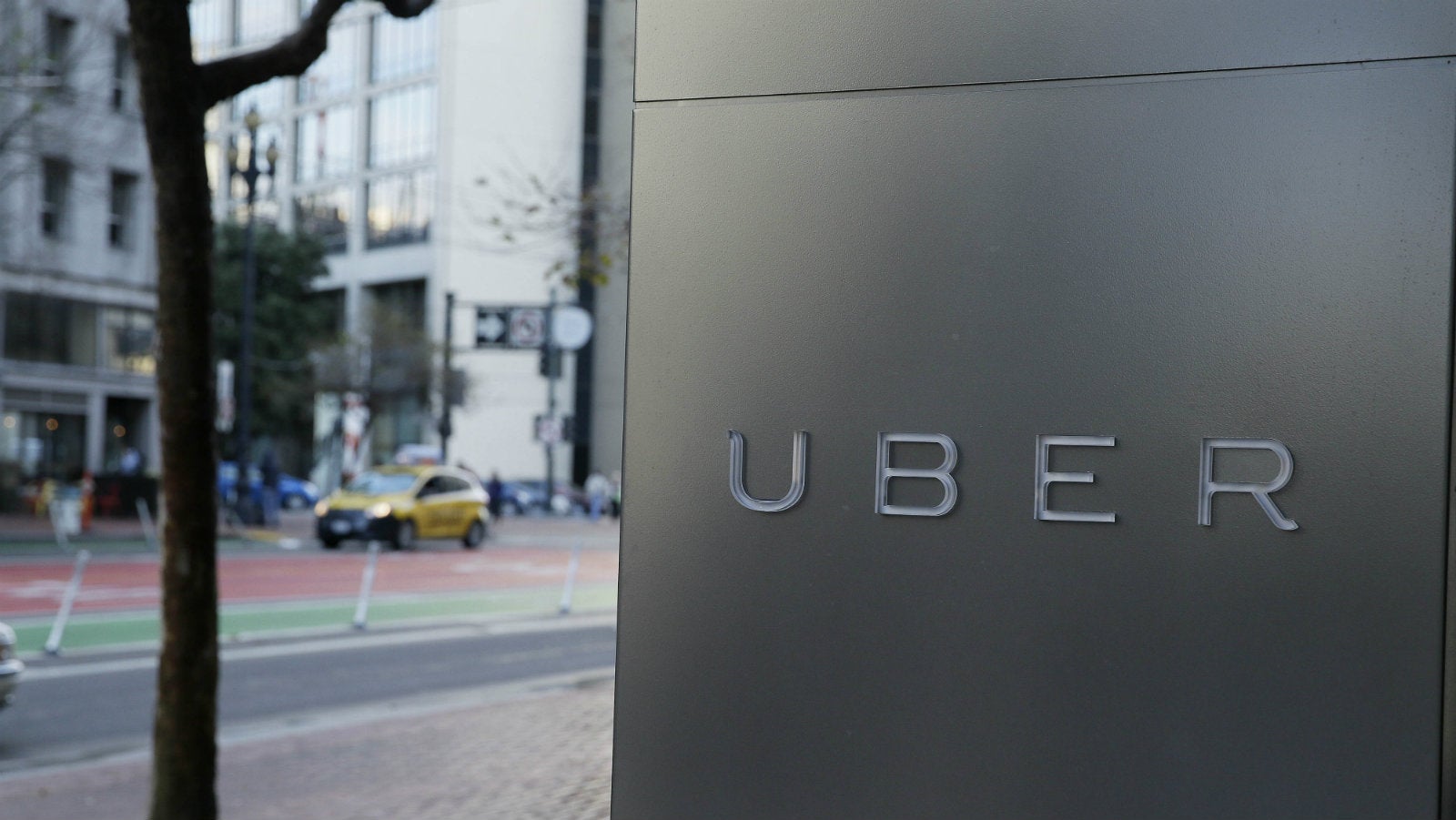Watch out Ola. Uber is spending $1 billion on its India operations
Uber is going to open its impressive war chest in Asia’s third largest economy.


Uber is going to open its impressive war chest in Asia’s third largest economy.
On July 30, the San Francisco-headquartered taxi-hailing app announced that it will invest a staggering $1 billion (Rs6,400 crore) to scale up operations in India, one of the company’s fastest growing markets globally. Uber wants to clock one million trips daily by 2016 in India, five times its current 200,000, and take on its homegrown rival Ola, which operates four times as many rides daily.
“We are extremely bullish on the Indian market and see tremendous potential here,” Amit Jain, president of Uber India, said in a statement.
Much of the funds will be used to improve operations, expand into new cities, and develop new products and payment solutions, the statement said. The investment—the first of its kind from Uber in India—comes nearly two years after the $50 billion startup set up its business in the country.
Stiff competition
Since its launch in October 2013 in Bengaluru, Uber has expanded to 18 cities in India.
But its main competitor, Ola, has been expanding even more rapidly and currently operates in more than 100 cities. This week, the Economic Times newspaper reported that Ola is raising $500 million from investors, including SoftBank, Tiger Global and Sequoia Capital. That would value the company at around $5 billion.
In March, Ola had acquired another homegrown taxi-hailing app—TaxiForSure—in a bid to strengthen its position. After the acquisition, Ola now operates more than 250,000 vehicles.
India’s taxi market is estimated to be worth around Rs50,000 crore ($8.5 billion). Of this, only 5% is organised, which means that there is significant scope for expansion for these firms. India also has a low rate of car ownership at 24 per 1,000 people.
Going native
In its 22 months of operations in India, Uber has customised many of its offerings to suit local customers. For instance, to gain wider traction in a price-conscious market, it launched uberGo, a low-cost service offering hatchbacks. In New Delhi, it started uberAuto, an auto-rickshaw hailing service.
In April this year, Uber introduced the cash payment option, starting with Hyderabad, with plans to expand to four more cities.
“We are in the process of understanding the potential and we are currently testing it out in Hyderabad. As we look to expand operations in India, we have understood that cash payments will be a crucial factor in driving that growth,” an Uber spokesperson had earlier told Quartz.
But it hasn’t been a smooth ride all the way for Uber in India. In December last year, the company’s reputation was severely dented after a female customer alleged that she had been raped by her driver in New Delhi. Following this incident, a number of states imposed a ban on Uber and other cab-hailing apps. Despite the ban, however, many of these taxi-hailing services continue to operate—and grow—in these cities.